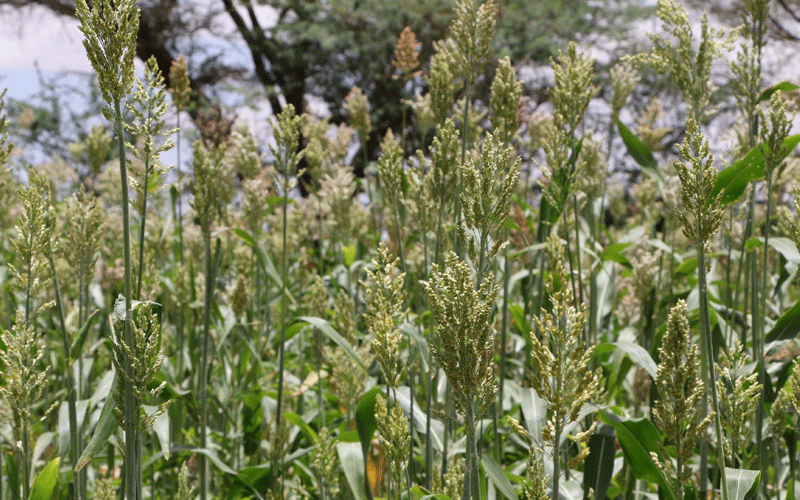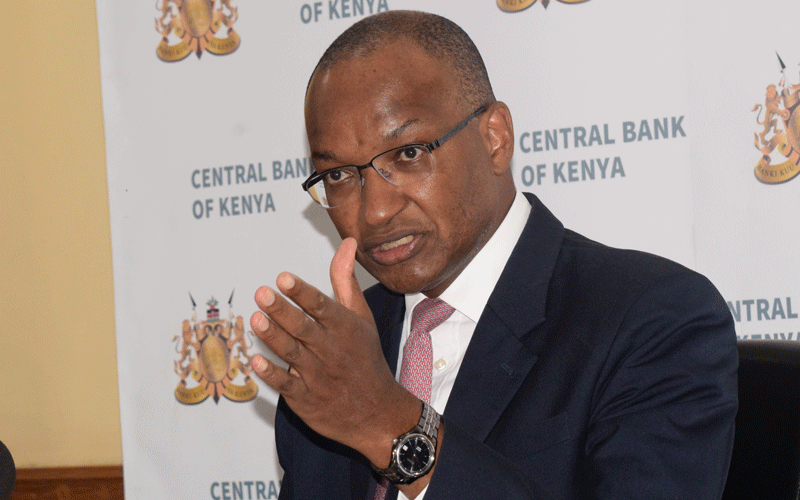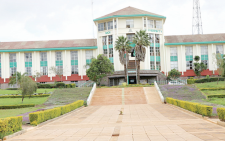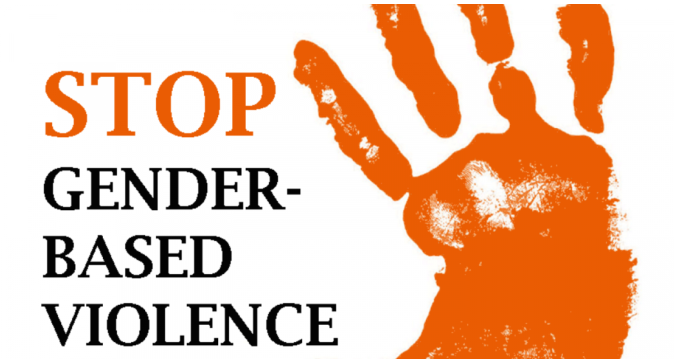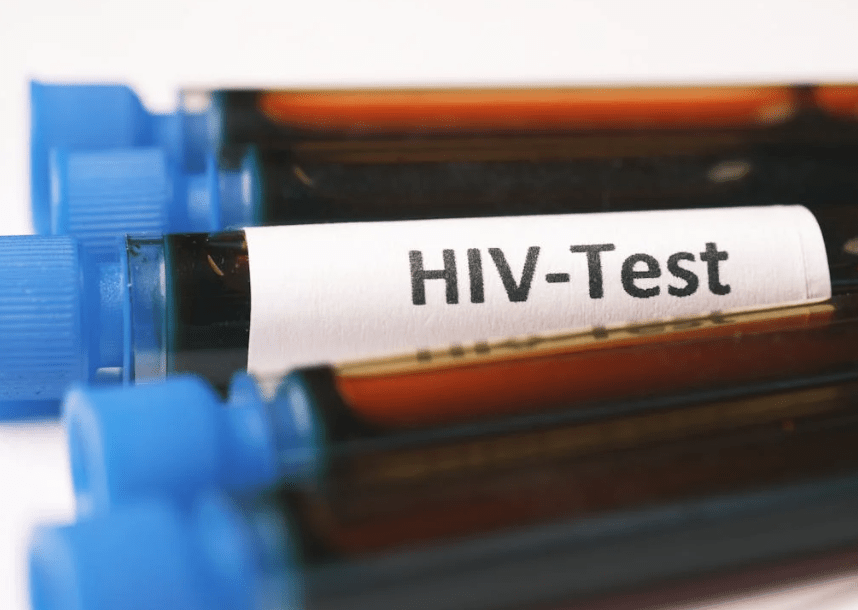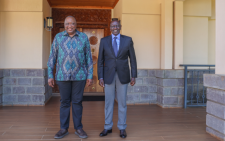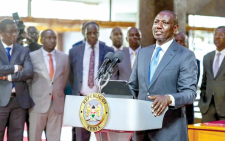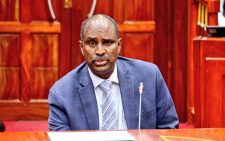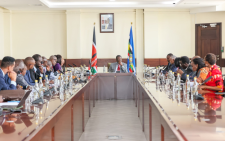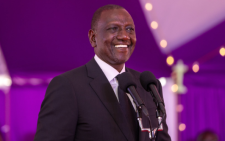How elderly are missing out on digital technologies

Old people in our society are being disenfranchised and disadvantaged because they lack access to and knowledge of technology at a time when many sectors have turned online.
Even as the world increasingly moves online, thanks to the shift occasioned by the pandemic, there is a generation struggling to keep up and are becoming disadvantaged and disenfranchised: the elderly.
This has resulted in a digital divide, making the older adults stuck on the negative side of development.
Most of them live in the rural areas, which lack the infrastructure and they also lack funds to access the internet.
For them to be integrated as part of the society and not feel lonely and isolated, this gap needs to be bridged.
“Technology gaps are perpetuated by the level of education and social-economic activities each generation is engaged in.
For instance, people in earlier generations (baby boomers and gen X) with higher education and informal employment (white-collar jobs) enjoyed the exposure to computers and recently laptops, mobile phones in their course of work as compared with their counterparts in the informal sector and blue collar jobs such as agricultural, manufacturing and construction. Technological connection for the subsequent generations (millennials, gen Z and alpha) is the norm whose absence cause distress,” Jane Gitau, a gerontologist and psychological counsellor.
A gerontologist is an expert in social, cultural, psychological, cognitive, and biological aspects of aging.
Jane adds that human social interaction is critical for the health and quality life.
“Lack of this interaction creates a feeling of isolation and loneliness, which is a risk factor of many diseases such as type II diabetes, arthritis, heart disease, depressive symptoms.
Technological gap creates an intergenerational disconnect, which results in a functional challenge in terms of economic productivity while creating increase in health costs. Bridging these gaps is crucial before severe consequences,” she notes.
Although older persons are generally less inclined to use digital technology, there are different ways it can assist them.
First, the internet as a component of modern technology has assisted older persons in many ways including shopping; streaming movies and TV shows; sharing updates on social media; video chatting with their family and friends; and even in organising bank accounts and bills.
“In addition, the internet keeps the older persons connected with family and friends thus preventing boredom and assists them to stay organised.
However, it is worth noting that concerns may arise among the older persons regarding the security of the internet,” says Consolata Chesang deputy secretary general Kenya Association of Gerontology and Geriatrics (KAGG), which plays the role of knowledge dissemination and advocacy is bridging the digital divide gap among older persons.
When it comes to mobile phones, although young people are the most frequent users, it is evident that in current times, especially with the Covid-19 pandemic that mobile tech is becoming more integral for the senior citizens as societies shift from outmoded landline phone connections.
Digital gathering
“The smartphones in particular can be helpful in enhancing relations as they offer platforms that act as “digital gathering places” for families and friends to communicate.
Some of helpful mobile/smart phone apps for the older persons include instant messaging apps such as WhatsApp, which provides different modalities for communication; Zoom and other video-calling apps that allow the older persons to see their children, grandchildren and other friends regardless of where they are in the world; and mobile phone games that provide challenging games that keep their brains active and can help delay the onset of dementia,” she adds.
Others are fitness, health and mobility devices. Staying healthy and fit is important, regardless of one’s age.
Digital technologies through fitness devices can help the older persons monitor their daily activity and reassure them as they can monitor their health status at the comfort of their homes.
“Older persons as a group in the society are on the disadvantaged side of the digital divide.
It is important to note that the concept of ‘digital divide’ not only classifies who uses technology and who does not, but also identifies the gradations of digital exclusion, i.e., the depth, complexity and variety of digital technology usage.
The digital divide and low adoption and use of digital technologies by the senior citizens has been attributed to some characteristics of the older persons such as technophobia, cognitive and visual deficits, relatively low levels of computer literacy, and lack of perceived usefulness of digital technologies,” she says.
She adds that this digital divide has significant cost and social ramifications. Generally, as technology becomes more integrated into day-to-day life, older persons who do not use technology and the internet are more probable to become more disadvantaged and disenfranchised.
Online safety
Unfortunately, the technological divide among the older persons has exposed them to risks such as cybercrime and privacy violations especially by people who help them use the internet to access private matters including bank accounts.
“I would consider the digital divide among the senior citizens as a social injustice and social inequality that the society must find plausible ways to bridge,” says Consolata.
According to Kinuthia Wamwangi, the Help Age Ambassador for Older persons in Kenya, the elderly has challenges using digital devices such as smart phones, Mpesa, internet banking.
Most of them have to ask someone to press a button for them. Even to pay for electricity tokens, they have to get assistance.
“They use young people who are at times not very honest. We need to form community groups to teach older persons to use the gadgets.
Government can prepare a curriculum to train older people to be digitally sound.
It should also improve access to digital techs through manufacturing cheaper gadgets or zero rating them to drive affordability,” he says.
Prof Lucy Maina, the Chair of KAGG says there is need to raise awareness of digital inclusion, which include improving access, usability, focused content and protection of privacy and data.
This includes speaking out when digital techs are used to promote ageism (prejudice based on a person’s age).
“We also lobby for investing in digital technologies that bring services closer to older persons (ease of access) and we join forums such as that of Kenyan Aged people Require Information, Knowledge and Advancement organisation in training older persons how to use digital devices,” she says.
While she recognises the efforts made by the government towards digital equity by providing services to older persons through digital techs like cash transfers such as the Older Persons Cash Transfer, she feels more needs to be done.
“Older persons are among those who need services closer and accessible to them. Thus, more services should be availed digitally while ensuring access and privacy.
These may include M-Health, e-citizen, e-learning, e-commerce and the entire digital economy.
It is important that older persons are not discriminated in accessing these and other services,” she notes.
She adds that more studies should be carried out to establish how older persons are using digital devices, for instance out of the 94 per cent of Kenyans who use mobile money, how many are older persons?
